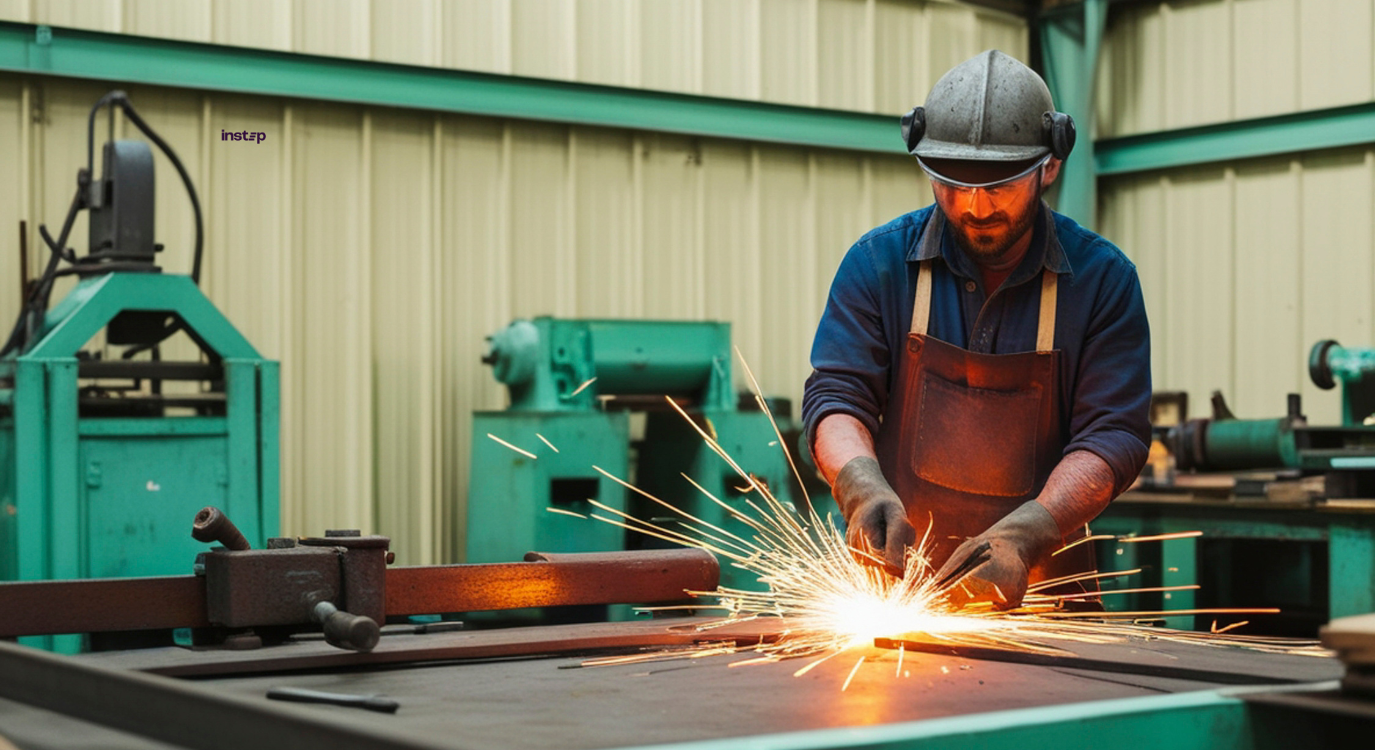
The skills gap in manufacturing is fast becoming a business-critical issue.
That’s because, in the UK alone, manufacturing lost £4 billion annually due to 46,000 vacancies in Q3 2025. At the same time, construction lags behind, with over 140,000 vacancies and 750,000 workers retiring by 2036.
For HR leaders in these sectors, the challenge is clear: demand for skilled workers keeps climbing while supply continues to shrink – threatening productivity, delivery, and competitiveness.
The reality? This isn’t a future problem – it’s happening now.
Skills shortages are already costing UK businesses billions, slowing innovation, and putting major infrastructure projects at risk.
Every unfilled role means missed deadlines, lost revenue, and frustrated clients. For HR leaders, the question isn’t whether to act – it’s how fast you can implement solutions that stick. Because the longer the gap widens, the harder it becomes to close.
Why the Skills Gap in Manufacturing Matters
The skills gap in manufacturing is widening due to two major trends:
The skills gap in manufacturing is widening because of two major forces:
- Technological change: Automation, AI, and robotics dominate factory floors, creating demand for digital, engineering, and automation skills. The Skills Horizon Barometer found 92% of UK SMEs expect skills shortages in 2025; 23% are training or hiring for AI roles.
- Demographic shifts: In UK manufacturing, 36% of the workforce is over 50, while diversity remains limited: 74% male and 88% white. In construction, 35% of workers are over 50 and only 20% under 30.
The skills gap in manufacturing threatens to derail national goals, like the UK’s 1.5 million-homes target, as construction has 52% unfilled job rates, and manufacturing holds 42% vacancy shortages.
The Ripple Effect on Construction
The skills gap in manufacturing spills into construction: both sectors require overlapping competencies and suffer from recruitment, retention, and digital readiness challenges.
For example:
- UK construction needs 251,500 more workers by 2028, with 2 million active workers and 745,000 self-employed.
- By 2035, over one-third of construction workers will retire, jeopardizing UK housing targets.
Practical Steps for HR Leaders
Closing the skills gap in manufacturing and construction requires a proactive, multi-pronged approach. Here are five actionable strategies:
1. Build Apprenticeship Pipelines
Apprenticeships aren’t old-fashioned; they’re future-proof. Structured programs allow you to train talent in-house while embedding your company culture. For example, Level 3 and Level 5 apprenticeships in technical disciplines can fast-track capability development.
2. Partner with Education Providers
Collaborate with colleges and training organisations to align curricula with industry needs. Too often, graduates enter the workforce with outdated skills. HR leaders can influence course design to ensure relevance.
3. Upskill Existing Employees
Don’t overlook your current workforce. Upskilling programs in data analysis, automation, and leadership can transform experienced employees into tech-savvy contributors. This approach reduces recruitment pressure and boosts retention.
4. Embrace Diversity and Inclusion
The skills gap in manufacturing isn’t just about numbers, it’s about untapped potential. Women, minority groups, and career changers represent a vast talent pool. Inclusive hiring practices and targeted development programs can unlock this resource.
5. Leverage Technology for Training
Virtual reality (VR) and simulation tools make technical training immersive and cost-effective. These technologies accelerate learning and reduce safety risks during onboarding.
Measuring Success
Closing the skills gap in manufacturing isn’t a one-off project, it’s an ongoing commitment. HR leaders should track metrics like:
- Time-to-competency for new hires
- Retention rates post-training
- Productivity improvements linked to upskilling
These indicators help justify investment and refine strategy.
The Bottom Line
The skills gap in manufacturing and construction is a solvable problem, but only if HR leaders act now. By investing in apprenticeships, partnerships, and inclusive practices, you can future-proof your workforce and maintain a competitive edge.
Find out how you can upskill your team here.


